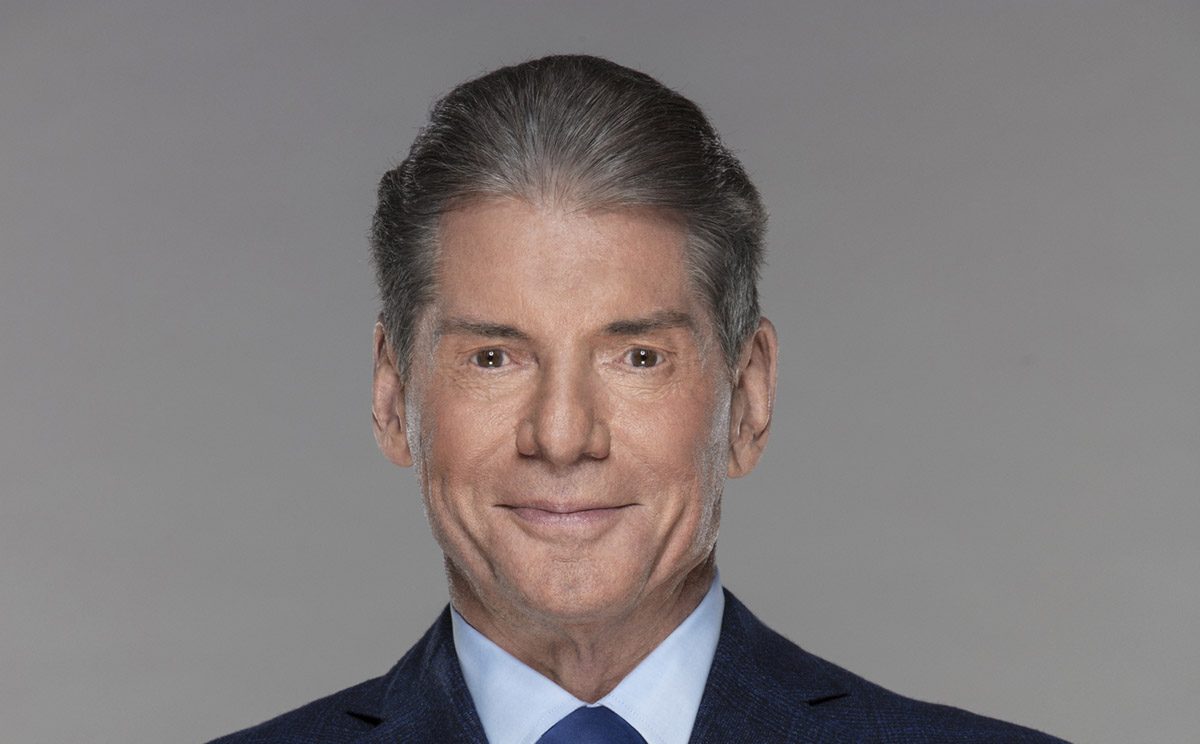There was a long stretch of Disney earnings calls (particularly in 2016 and 2017) where poor ESPN performance was cited as a key factor in projection misses, and where many of the questions were about ESPN (especially amidst a pricy new NBA TV contract and significant ESPN layoffs). But the last few years have seen much more focus on other areas of the company, and ESPN isn’t making the Disney-wide headlines as much as it used to.
That was again the case with Disney’s financial Q3 (through June 27, 2020) earnings report, which they released and discussed Tuesday. Results for ESPN and ABC were included, and are notable, but the larger takeaways for many not specifically focused on sports were everything from giant losses at the parks/cruise ships/products division to plans to bring Mulan to a new video-on-demand release in September ($30 extra, on Disney Plus). But for those interested in the sports side, it’s worth diving into exactly what’s going on there.
The overall takeaway for Disney is a net loss of $4.718 billion from continuing operations in the quarter, relative to a gain of $1.430 billion there last year. The parks division was particularly notable there, posting an operating loss of $1.960 billion this quarter relative to a gain of $1.719 billion in Q3 last year and seeing revenues drop from $6.575 billion in Q3 last year to $0.983 billion this year. At the media networks division, which includes ESPN and ABC, the story was a little different; revenues were slightly down (by two percent) year over year, dropping from $6.713 billion to $6,562 billion, but operating income rose from $2.136 billion to $3.153 billion. However, that doesn’t really mean that these networks did better year over year.
A big part of what’s going on there is the shift with the NBA’s schedule. ESPN currently pays the NBA an average of $1.4 billion annually on a deal that runs through 2024-25. It’s unclear exactly when the money transfer on that deal takes place, and exactly how much of that deal relates to the missed finish of the regular season and the regularly-scheduled playoffs, but Disney executives announced on the earnings call Tuesday that the company “moved costs related to its ownership of rights to sports programming to future quarters because U.S. professional sports were not played in the quarter.” The $1.017 billion jump there isn’t all about moving payments for the NBA games that were missed (presumably there were some payments to Major League Baseball moved around as well), but the NBA contract is a large part of that. So expect to see some further costs in the media networks division in future quarters to reflect that.
Of course, that doesn’t mean that media networks are going to tank in Disney’s fiscal Q4 once those programming costs are factored in.While not having NBA content in their Q3 helped Disney’s media networks’ operating income from a cost standpoint, not having that content also hurt them from an advertising revenue standpoint.
As Brian Steinberg laid out at Variety Tuesday morning, national TV advertising fell nine percent year over year in June alone (as per the Standard Media Index) to $3.2 billion. That was slightly better than the 19 percent drop in May and the 28 percent decline in April, but it’s still not great. And Disney’s lack of NBA Finals content on ABC was a big part of that, with total national ad spending on sports dropping 60 percent year over year and with Disney in particular seeing a 36 percent decline in ad spending.
So, if the NBA’s bubble is able to continue as planned and produce an actual NBA Finals, and if that Finals draws similar advertising and viewership interest to a normal year, Disney will see increased media networks programming costs in the days ahead, but they’ll also see more advertising revenue. The exact net impact of that remains to be seen, but it certainly doesn’t look like a sky-is-falling moment at Disney’s media networks right now, especially compared to the more significant crises at areas like the parks.
And it’s worth noting that Disney seems to be in a relatively good place when it comes to per-subscriber fees, especially relative to many regional sports networks. Many of the RSNs have specific numbers of games they’re mandated to hit, and they have to offer some refunds (minuscule as those may be, especially when they reach the end consumer) if they don’t get there. In some cases, those refunds may even wind up being more than what the networks will get back in refunded rights fees. But as per a John Ourand report in Sports Business Journal back in May, ESPN reportedly has until September 2021 to make up the total numbers of events they’ve promised distributors. There could still be some challenges there, especially given the whole uncertain landscape we’re in right now, but ESPN appears to have quite a bit of time to get in their promised live sports content.
The latest
- Could NFL see next Saudi sportswashing controversy?
- ESPN and NBA have reportedly ‘essentially come to terms’ on deal that would keep Finals on ABC
- G/O Media sells The Onion to ‘Global Tetrahedron,’ ex-NBC reporter Ben Collins to serve as CEO
- Eli Gold on Alabama exit: ‘You can’t argue with city hall.’
But it is notable that ESPN+ still managed to gain almost a million subscribers during a pandemic, especially with the pandemic meaning they had little in the way of live sports content. They did have some good documentaries, including post-airing streamings of The Last Dance, but live sports are still key. Many of ESPN+’s best properties (selected NHL and MLB games, MLS, the CFL and more) weren’t available during the last few months due to the pandemic, while others (college football and other fall college sports in particular) hadn’t hit the calendar yet.
A lot of the subscription growth is likely thanks to the effect of the bundle with Disney+ and Hulu. The bundle of all three streaming services is $12.99 a month, while Disney+ is $6.99 a month on its own, ad-supported Hulu is $5.99 a month, and ESPN+ is $4.99 a month. So bundle subscribers are just essentially paying $1 more a month to include ESPN+ than if they just bought Disney+ and Hulu separately, and that’s a big part of how ESPN+ is still growing. But it’s still absolutely notable that ESPN+ not only hasn’t lost subscriber traction during this time, it’s actually gained some ground. (On the financial side, ESPN+ is counted as part of the “direct to consumer and international” division, which posted a loss of $706 million for Q3 versus a loss of $562 million last year, so it isn’t helping the media networks bottom line. But it is seen internally as a key part of ESPN’s overall future.)
Overall, the exact state of Disney’s media networks isn’t completely clear at the moment. Yes, they posted good Q3 numbers relatively speaking, but a lot of that is thanks to those rights costs not being counted against this quarter. It will be more illuminating to see how the division performs when it actually gets the NBA playoffs and the NBA Finals (presuming those do go ahead as planned). But for the moment, the media networks seem to be chugging along okay, and that’s particularly true in comparison to the issues Disney is facing elsewhere. So the non-sports sites coverage of Disney likely isn’t to be too ESPN-focused for a while, at least when it comes to the financials. There are much bigger concerns for Disney’s overall bottom line.







